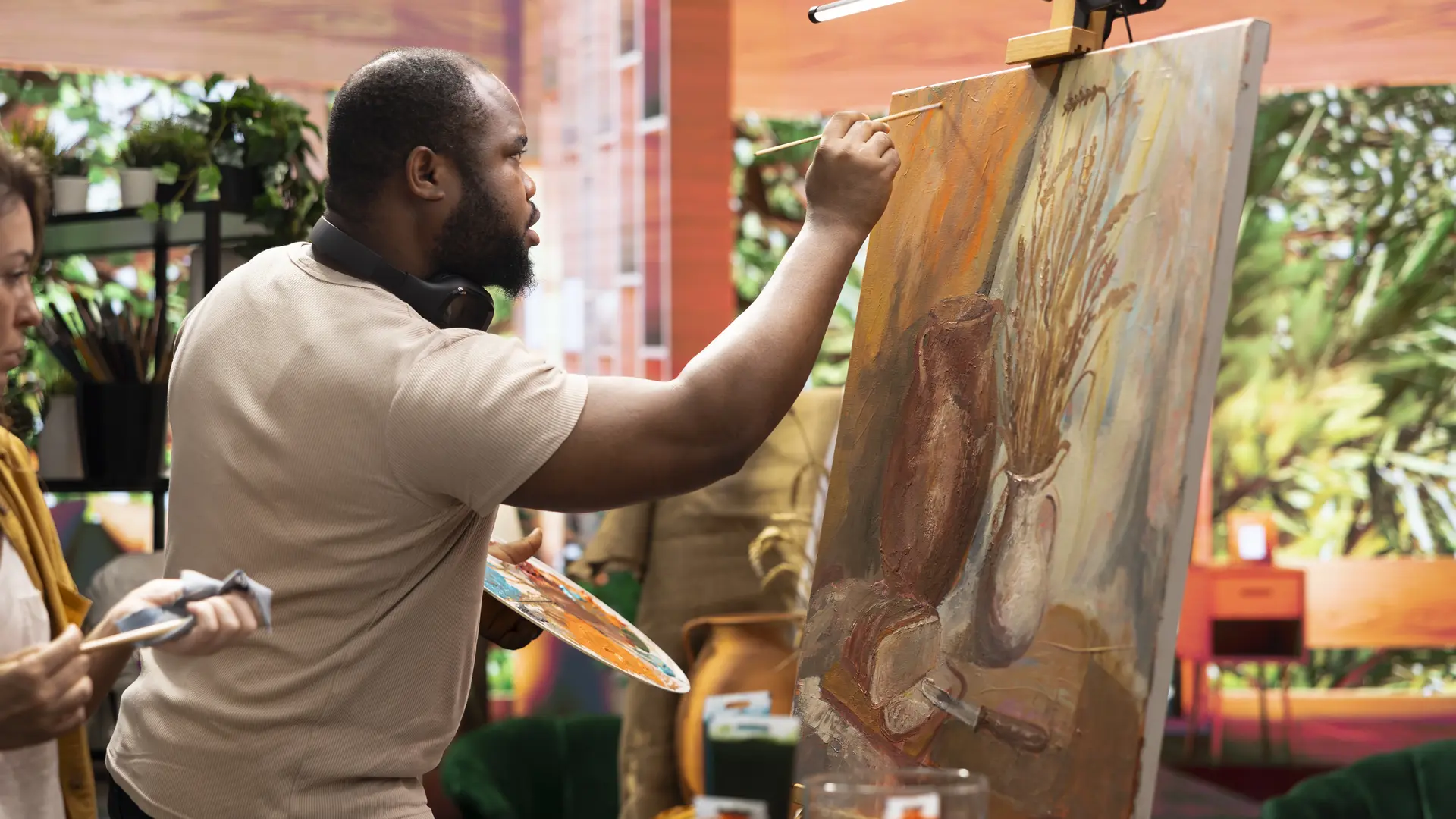Nairobi’s Urban Canvases: The Rise of Kenya’s Street Art Movement
Walk around Nairobi today and you’ll see more than skyscrapers and traffic. You’ll find bold, colorful murals in Parklands, Eastleigh, Kibera, Mathare, and the CBD. This is Nairobi’s street art movement—a growing wave of creativity where artists paint public walls to tell stories, demand justice, and reclaim the city’s identity.
What’s Driving Nairobi’s Street Art Explosion?
- A search for urban beauty and identity
Murals are transforming blank walls into visual storytelling canvases. In places like River Road and Westlands, art boosts civic pride and redefines neglected public spaces.
- Creativity meets activism
Artists spray powerful images addressing corruption, gender violence, healthcare inequality, and police injustice. Some murals depict politicians as vultures, asking citizens: “What is my vote doing for me?”
- Community involvement
Projects in Kawangware and Korogocho involve residents in creating art. Murals are painted with neighbors’ input, turning walls into shared voices of unity and hope.
Nairobi’s Street Artists to Know
- Bankslave: Known for iconic murals in Eastleigh and Kilimani, fusing African symbols with justice themes.
- Flossin Mauwano (Stephen Mule): Famous for tagging “Flossin Mauwano” citywide—a phrase born of grief that became a public memorial and silent protest.
- Graffiti Girls Kenya: A collective of women artists painting gender-based violence murals, such as a silenced woman with a hand over her mouth.
- Daddo & Ibra: Their Mathare murals highlight healthcare inequality and the struggle for affordable medicine.
- Maasai Mbili Collective: Based in Kibera, combining art, poetry, and activism to address environmental and social struggles.
What Themes Do These Murals Explore?
- Corruption & Governance: Politicians as vultures remind Kenyans of accountability and civic power.
- Gender-based Violence: Women-led murals transform walls into safe spaces of solidarity.
- Healthcare Inequality: Murals demand affordable access to medicine and clinics.
- Environmental Awareness: Paintings highlight conservation, wildlife, and sustainability.
- Memory & Mourning: Tags like Flossin Mauwano preserve grief as public remembrance.
Why This Art Matters
- Accessible: Unlike galleries, murals are free for everyone.
- Civic engagement: They spark conversations about governance, justice, and identity.
- Healing & Pride: Transforming walls builds community ownership in informal settlements.
- Bridging Generations: Elders see tradition, youth see innovation—the art connects both.
A Walk Through a Nairobi Mural Tour
Picture a tour through Eastlands:
- A once-dull wall now shows birds of hope in flight.
- Daddo’s mural about medicine access sparks debate among locals.
- Graffiti Girls’ anti-violence art offers courage to women passing by.
- Flossin Mauwano’s tags stand as quiet memorials of grief.
Each mural carries a story, often shared by local guides and artists themselves.
Challenges Street Artists Face
- Legality & safety: Many work at night to avoid arrest.
- Longevity: Some murals are painted over or lost to redevelopment.
- Resources: Paints and supplies are expensive, often self-funded.
Still, artists persist—driven by community support and passion for justice.
How to Support Nairobi’s Street Art
- Join guided mural tours in Kibera, Mathare, or CBD.
- Visit festivals like the Nairobi Street Art Festival.
- Follow local artists online and share their work.
- Support directly—buy prints, donate supplies, or commission school murals.
- Respect the art—don’t paint over or misuse murals in private spaces.
Final Thoughts
Nairobi’s street art is more than decoration—it’s activism, memory, and identity painted onto public walls. Each mural is a voice, a protest, or a prayer. So, next time you walk through Nairobi, stop at a mural. Listen to its message. It’s not just art—it’s the heartbeat of the city.
